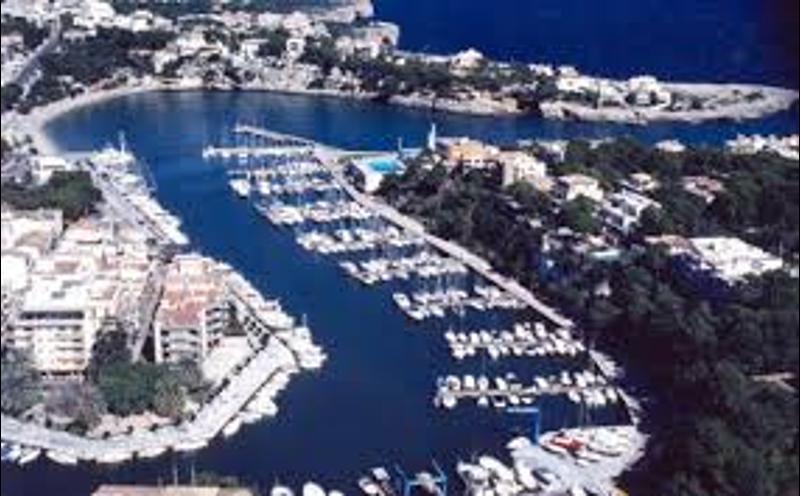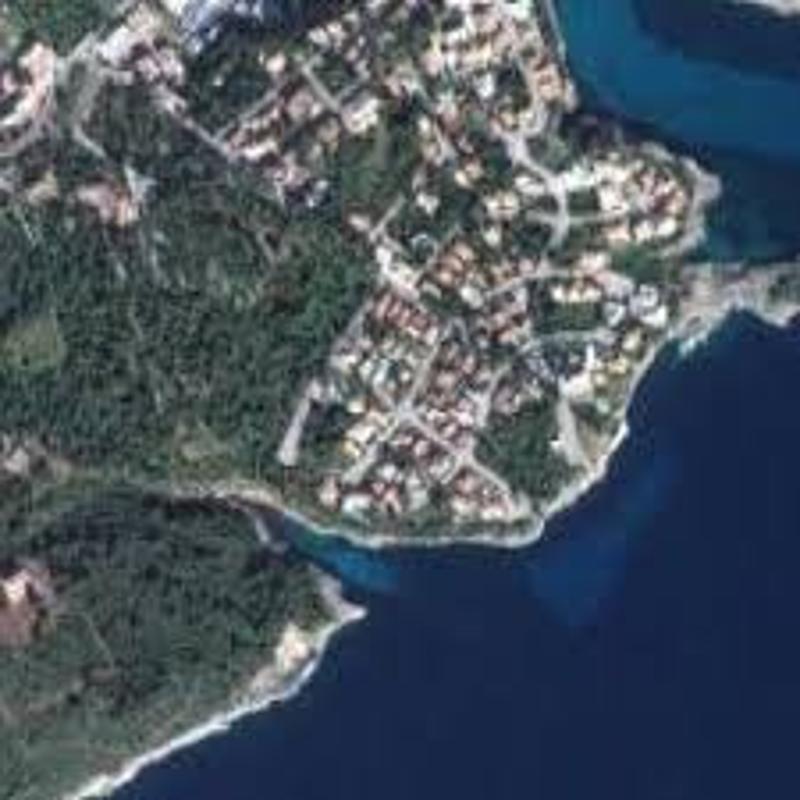Club Nàutico Porto Cristo
Tourist port
-
Category
Ports -
Geographical Area
The Balearic Islands -
Latitude
Lat 39° 32' 20'' N -
Longitude
Long 3° 20' 8'' E -
E-mail Address
info@cnportocristo.com -
Telephone
+34 971 82 12 53 -
Fax Number
+34 971 82 06 50 -
VHF
9 -
City
Porto cristo -
Post Code
07680 -
Province
Mallorca -
Country
Spain
-
Website
http://www.cnportocristo.com/ -
Address
Carrer de la Vela, 29
Features
-
Minimum Draught
2.5 m -
Maximum Draught
4 m -
Boat Posts
222 -
Max Boat Length
18 m
Dock Services
Fuel
Water
Energy
Slide
Slipway
Crane
Travel Lift
Toilets
Showers
Fire Services
Engine Reparations
Electric Reparations
Weather Forecast Service
Anchorage Staff
Security Staff
Scuba Divers
Description
Port located on the east coast of the island of Malloca which has its antecedents at the time of the Roman Empire. The port's infrastructures are managed directly by the Government of the Balearic Islands and the other is managed by the Yacht Club of Porto Cristo. They are formed from the sources along the river on both sides of the bay, as well as from a refuge dike and a containment barrier. In 1934 another boat was discovered, full of amphorae, rainbows and lead iron, about 50 meters from the beach. The first news on fishing in Cove Back to 1247 and the sale of fish in the Plaza de Manacor, probably from Cala Manacor, of 1282.Es evident from the nearshore intended for defense and security structures, but also from the oral tradition according to which pirate attacks must have been constant until the nineteenth century ended. This fact and the arrival of a number of families of fishermen from other cities of Mallorca, such as Felanitx, Capdepera and Valldemossa, made the trade and fishing experience a new impetus, in spite of the inadequate port facilities. The small boats were stranded on the sand of the beach, while the boats and the merchants were anchored in front of the Cueva des Correu and, using a floating platform, finished loading and unloading the goods. For this reason the construction of a quay and a dry dock was requested very early. In 1932, the Amadeus II dredger arrived in Porto Cristo and worked until 1936, when it began the construction of a 100-meter-long dock, from the dry dock to the fish market. Fishing forced a number of improvements, such as the creation of fishermen Granaio Porto Cristo and Cala Bona that years later would lead to the Fishermen's Association or the opening of a shipyard owned by Jaume Vaquer 'Vermell' in 1943. A few years later, the Port has reached the category of refuge for fishermen and so between 1951 and 1952 Hammer, a 100-meter-long dam that extends the Punta dels Pelats and laid a retaining wall against the waves coming from outside. In 1968 the Rivetto pier was built and the mollet was prepared with the construction of some offices and warehouses for fishermen. In the decade of the 70 was equipped with electric lighting and was built the Nautical Club. Since then, interventions to improve the port have been constant, with the construction of new port buildings with warehouses for fishermen, fish cameras, restaurants, offices, anchor trains, etc. that allow the user and the visitor of the port the best welcome and service.



